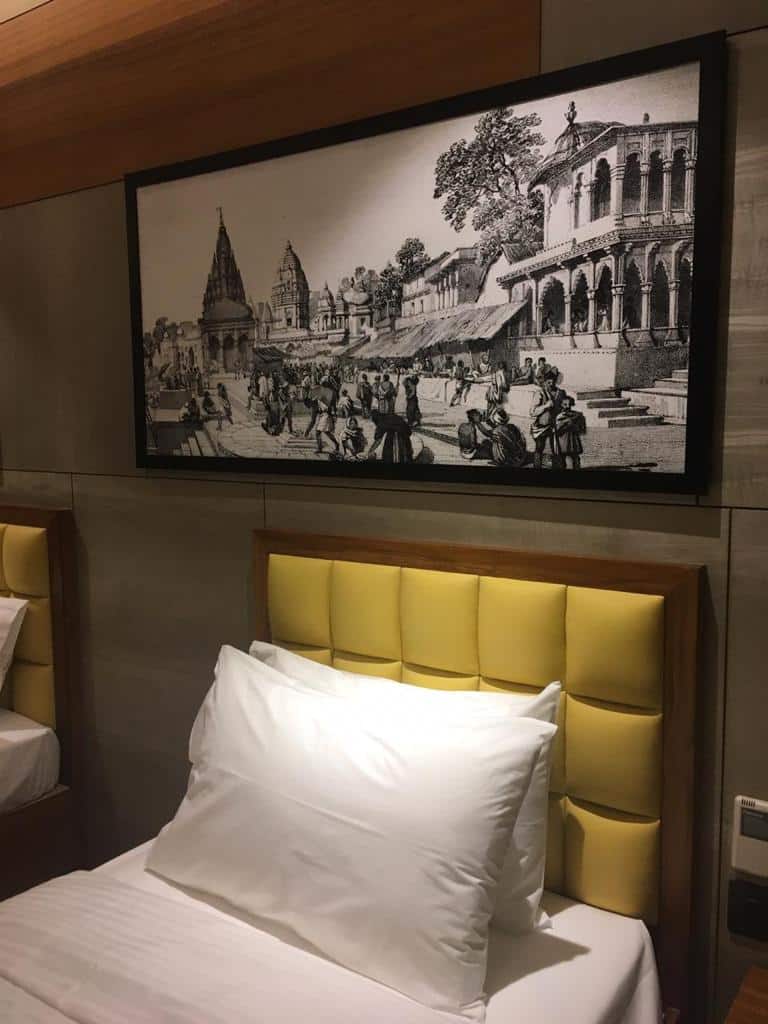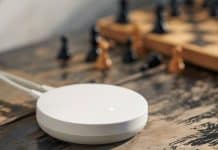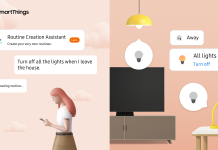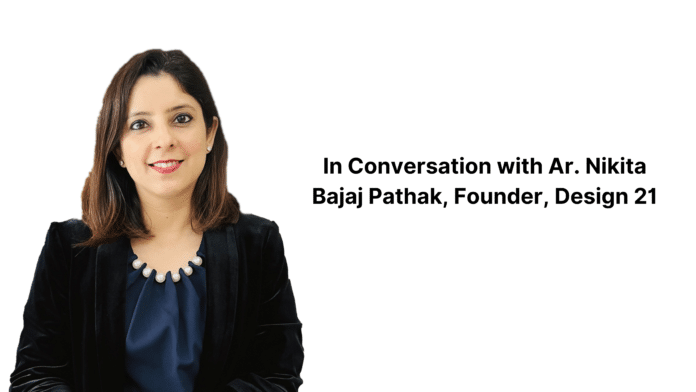
Speaking to Smart Home World, Ar. Nikita Bajaj Pathak, Founder, Design 21, discussed the importance of smart technology for residential projects and `must have’ smart solutions for contemporary homes.
Residential Interiors have undergone a drastic transformation in order to enable a fast phase of work and flexibility. What is the role of smart automation systems in your projects?
Smart automation systems are the backbone of modern residential interiors, seamlessly integrating technology into the fabric of daily life. They serve as catalysts for a fast-paced lifestyle and provide unparalleled flexibility. From controlling lighting and temperature to managing security and entertainment, these systems harmonise the functionality of a home, allowing residents to effortlessly navigate their surroundings with a touch of innovation and sophistication. These systems streamline and optimise various tasks and functions within the home, lending homeowners a lifestyle of utmost convenience and efficiency.
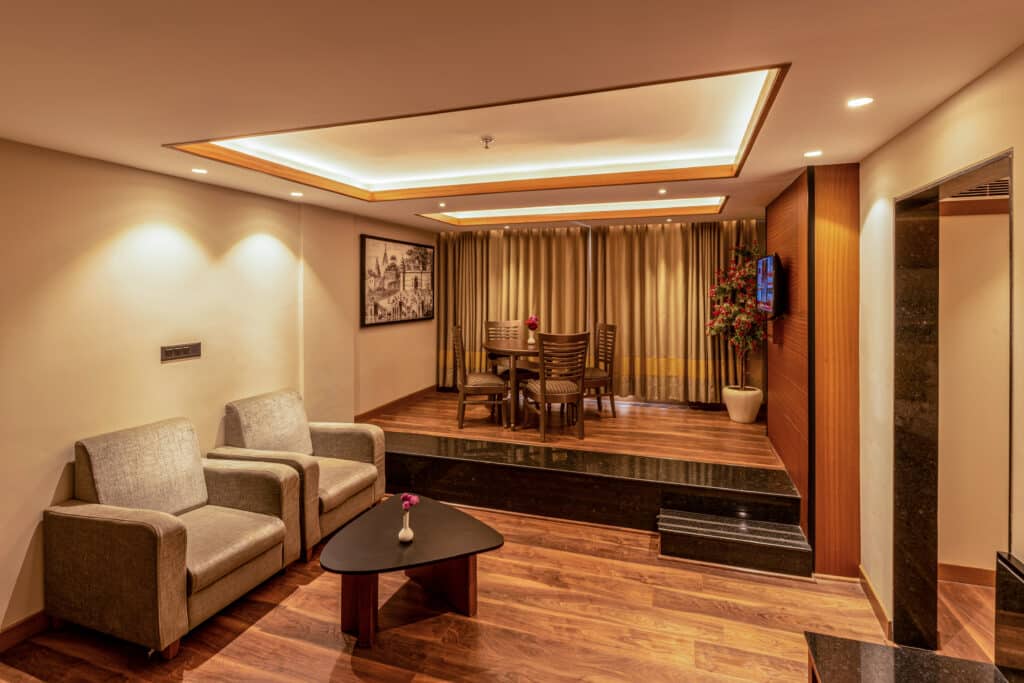
What, according to you, are the `must-have’ smart home products in today’s contemporary homes?
Within today’s contemporary homes, certain indispensable smart home products have emerged. Some of the `must-have’ smart home products encompass sophisticated smart lighting systems that offer a plethora of colour control and dimming options, voice-activated assistants such as Google Home, energy-efficient smart thermostats for optimal temperature regulation, motorised window treatments that provide privacy and exceptional light control, and comprehensive security systems integrated with cameras, sensors and remote monitoring capabilities.
What are the major expectations of clients from smart automation systems? How have you fulfilled those expectations, and what are the Brands that you have integrated into their home?
Clients harbour high expectations from smart automation systems, seeking to elevate their daily lives by obtaining a seamless blend of comfort, energy efficiency, and heightened security. To meet and exceed these expectations, architects need to meticulously select and integrate renowned and trusted brands into their projects.
What role does System Integrators play when it comes to designing a smart home? How important is their role?
System integrators play a pivotal role in the design and realization of a smart home. Their expertise lies in comprehending the intricate technical aspects of diverse automation systems, ensuring the seamless integration of various devices and technologies. Through their customised programming and meticulous attention to detail, they create an environment that is cohesive, user-friendly, and optimised to cater to the specific needs and preferences of homeowners.
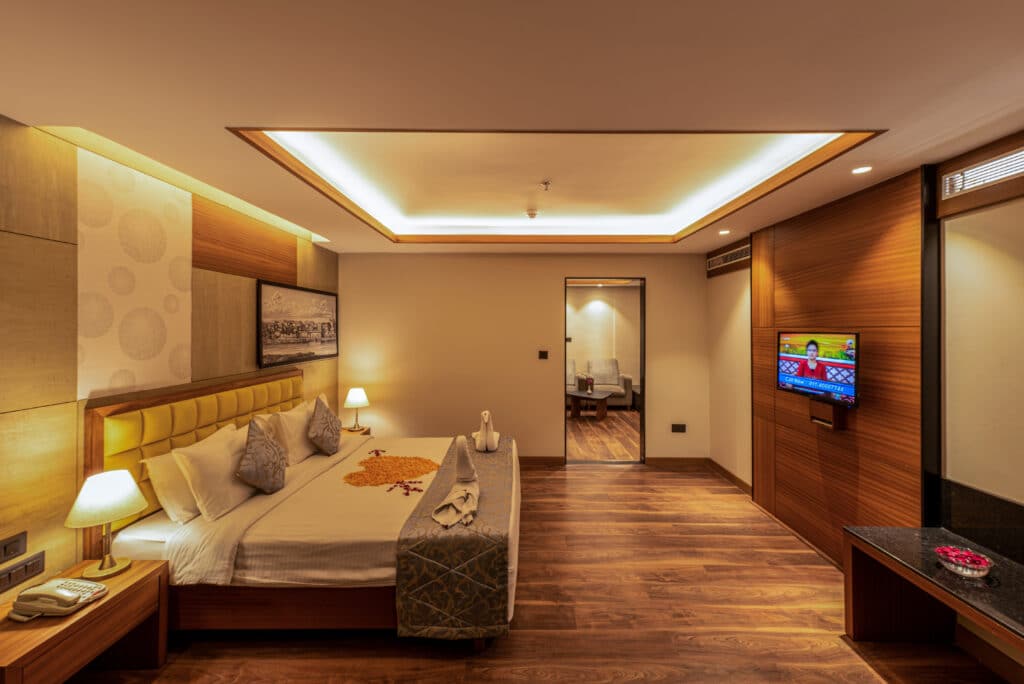
Products of which category (lighting, security, entertainment, etc.) witness maximum demand when it comes to integrating smart home devices while doing the interiors? Why?
The demand for integrating smart home devices within interiors predominantly revolves around the category of lighting. Smart lighting control systems allow homeowners to effortlessly create diverse moods and ambiance. These systems boast features such as dimming capabilities, colour control options, and even automated lighting scenes, which elevate the aesthetic appeal and functionality of any space. Moreover, lighting automation significantly contributes to energy efficiency by optimising usage based on natural light availability and occupancy patterns.
What according to you are the major benefits of smart & connected homes in the current “tech-savvy era”?
Smart and connected homes offer numerous benefits in the current “tech-savvy era.” Firstly, they epitomise convenience and comfort by automating mundane tasks and providing remote control capabilities. Homeowners gain the power to effortlessly manage various aspects of their homes, ranging from lighting and temperature regulation to security and entertainment systems, even when they are away. Secondly, smart homes foster energy efficiency by optimising resource utilisation and offering real-time energy monitoring. Lastly, they provide enhanced security through advanced surveillance systems and remote monitoring, thereby granting homeowners peace of mind. Treco, Hogar and Legrand are some of the brands I have used in my projects.
How would you define the current demand for smart home integrations?
The current demand for smart home integrations extends beyond mere convenience and comfort. Homeowners are increasingly seeking personalised and customisable experiences that align with their unique preferences and lifestyles. Today’s smart home technologies should be designed to empower individuals to create tailored environments that cater to their specific needs, fostering a sense of individuality and enhancing their overall quality of life.
In which sector (hospitality, commercial, residential), according to you, traditional devices and techniques are getting rapidly displaced to make room for smart devices and systems, aided with the latest technologies? And why?
In terms of traditional devices and techniques rapidly making way for smart devices and systems aided by the latest technologies, the residential sector takes precedence. Homeowners are embracing the benefits offered by smart technologies, leading to the swift integration of advanced automation systems in their living spaces. However, it is undeniable that the hospitality and commercial sectors are also witnessing a substantial shift towards smart devices and systems. This transition is driven by the desire to enhance guest experiences, streamline operational efficiency, and implement advanced security measures.
What is your message to the young budding architects/interior designers on adapting Smart Technology in their projects?
Smart home technology has become an indispensable part of modern living, and it is essential to remain at the forefront of the latest trends and innovations. By seamlessly incorporating smart devices and systems, one can create spaces that are not only aesthetically pleasing but also highly functional and convenient for the occupants. I would always recommend that budding architects & designers collaborate with trusted experts in system integration to unleash the full potential of smart technology in their designs and elevate the living experiences of those who inhabit their creations.



